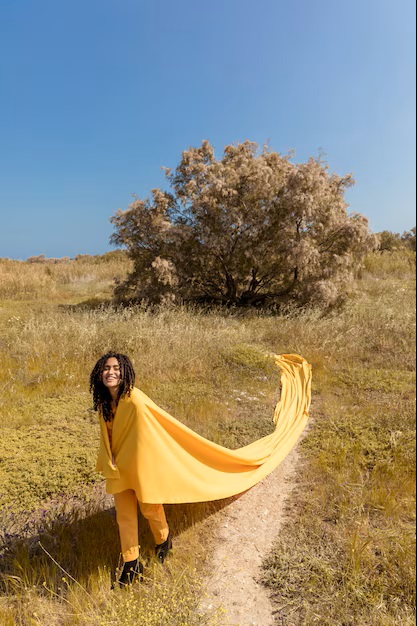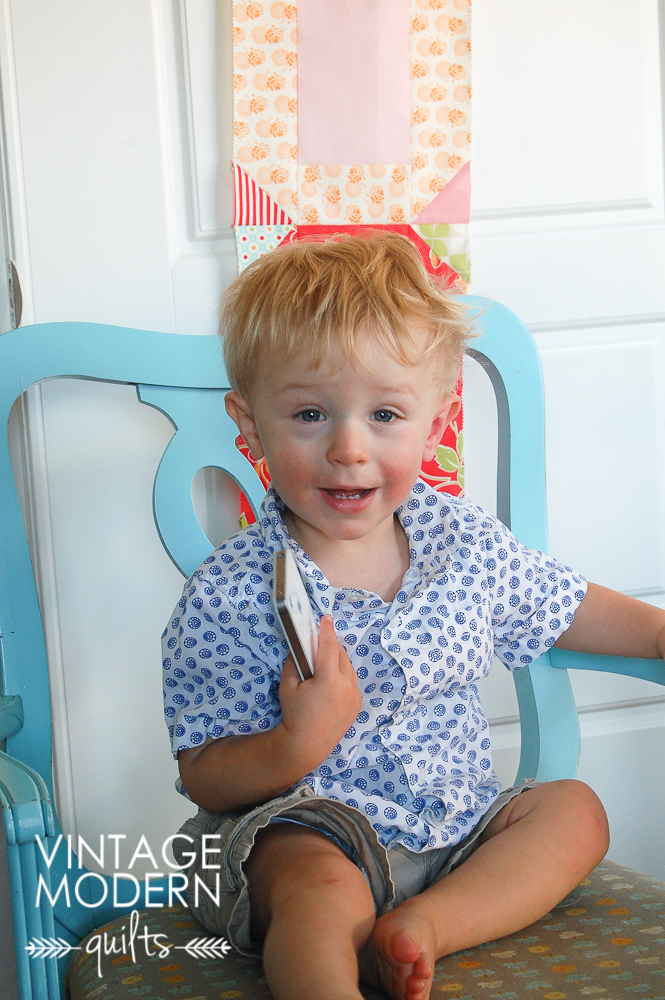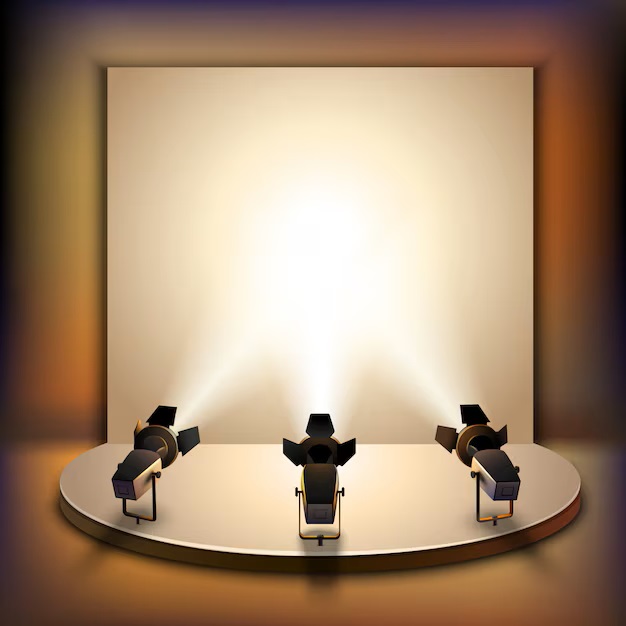How Do You Dress Like a 50s Person
In an era where trends come and go at lightning speed, reconnecting with bygone epochs offers a refreshing perspective on self-expression and individuality. The essence of earlier decades brings an undeniable charm that many find captivating. This guide is dedicated to exploring the distinctive aesthetics and cultural nuances that defined a particular era.
From shimmering fabrics to tailored silhouettes, the allure of mid-century garments can transport anyone to a time of elegance and grace. A wardrobe inspired by this period not only serves as a tribute to its rich history but also allows contemporary individuals to cultivate a unique persona that stands out in today’s fashion landscape. Understanding the pivotal elements of attire becomes essential for anyone yearning to incorporate this enchanting vibe into modern life.
With a playful spirit and keen attention to detail, one can fully capture the essence of past trends. Each piece of clothing tells a story of its own, whispering tales from a different era. Delving into the wardrobe choices of those days unveils an opportunity to celebrate the artistry behind fashion while making a bold statement in the present.
Essential Wardrobe Pieces from the 1950s
The decade that followed the Second World War brought a wave of change and creativity in fashion. The clothing items from this era reflect a unique blend of elegance, practicality, and playful charm. To embody the essence of this period, one must focus on specific apparel that encapsulates the spirit and aesthetic of the time.
Women’s Dresses: Tea-length dresses with cinched waists and flared skirts are quintessential. Floral patterns, polka dots, and pastel colors were popular, often paired with cardigans or bolero jackets. These garments showcased femininity and grace, highlighting the hourglass silhouette.
Men’s Suits: For men, tailored suits became a staple. A slim-fit blazer accompanied by pleated trousers created a polished appearance, often completed with a classic tie. Fabrics ranged from wool to tweed, reflecting sophistication and attention to detail.
Casual Attire: Both men and women embraced casual wear that included high-waisted jeans and fitted sweaters or polo shirts. For women, the iconic pencil skirt paired with a simple blouse exuded a chic yet relaxed vibe while allowing versatility for various occasions.
Footwear: Footwear choices were essential in completing the look. Women often opted for kitten heels or ballet flats, while men favored classic oxfords or loafers, each adding a distinctive touch to their outfits.
Accessories: Accessories played a vital role in achieving the ideal look. Women adorned themselves with pearl necklaces, cat-eye sunglasses, and headscarves, whereas men accessorized with fedora hats and pocket squares, enhancing their overall elegance.
Collectively, these wardrobe classics serve as the foundation for a stunning ensemble reflective of this vibrant era, capturing its unique flair and timeless charm.
Fabulous Hairstyles for a Retro Look
Creating an exquisite appearance that captures the charm of a bygone era is all about the details, and hairstyles play a crucial role in this transformation. The right coiffure not only complements your outfit but also transports you to a glamorous time filled with elegance and sophistication.
Classic looks from the past often feature bold curls, sleek buns, and charming waves. Curls can be achieved with rollers or curling irons, providing volume and bounce. For a more polished effect, consider the iconic *victory rolls*, a hallmark of retro fashion that adds a striking element to any ensemble.
Another popular choice is the sleek bun, which exudes sophistication. This style can be elevated with the addition of decorative hairpins or flowers, enhancing its elegance. Meanwhile, those who prefer a softer touch might opt for loose waves that effortlessly frame the face, perfect for casual or formal settings alike.
The use of accessories, such as headbands, scarves, or hats, can also amplify the authenticity of your chosen look. Experimenting with these elements allows for personalization while staying true to the decorative aesthetics of the past.
Iconic Accessories to Complete Your Outfit
Accessories play a crucial role in achieving that distinctive look reminiscent of a bygone era. These embellishments can elevate your ensemble and highlight the essence of the period, adding authenticity and flair to your overall appearance.
- Cat-Eye Sunglasses: A must-have for that chic and playful touch. Their bold shape frames the face beautifully.
- Scarves: Whether tied around the neck or hair, a colorful scarf can introduce a pop of color and elegance.
- Pearl Necklaces: Timeless and classy, these gems bring a touch of sophistication to any outfit.
- Belted Waist: A wide belt cinched at the waist accentuates curves and adds structure to dresses or tops.
- Hair Accessories: Consider flower clips or headbands that provide a delightful vintage flair.
Incorporating these key pieces will not only enhance your look but also transport you to an era defined by grace and charm.
Makeup Techniques Inspired by the Era
The beauty trends of this remarkable decade exude a timeless charm that captures a unique essence and allure. The makeup of this period focused on enhancing natural features while embracing bold, defined accents. From striking lips to enchanting eyes, these techniques create a captivating look that reflects the spirit of the time.
One of the signature elements was the emphasis on a flawless complexion. A matte foundation provided the perfect canvas, often complemented by powder for a smooth finish. Women frequently used blush to add a healthy glow, typically opting for soft shades of pink or peach that gave a rosy, youthful appearance.
Eye makeup showcased a distinctive flair, with winged eyeliner being a hallmark of the era. This dramatic look was achieved with liquid or pencil liners, extending at the outer corners to create an elongated effect. Dark mascara was essential, enhancing lashes for a bold contrast against the eyeshadow. Shades varied from soft pastels to more vibrant hues, reflecting personal style and occasion.
Lips were a statement feature, often adorned with rich, captivating colors. Classic reds and deep burgundies were particularly popular, applied with precision for a clean line. Many opted for a slightly exaggerated cupids bow, contributing to the overall sophisticated appearance.
Finally, the use of accessories such as false eyelashes and eyebrow pencils added further dimension to the makeup. These finishing touches helped to create a polished and glamorous look that remains emblematic of the beauty ideals from this enchanting period.
Popular Footwear Styles of the 50s
The footwear of this vibrant decade was a reflection of the cultural shifts and the blossoming fashion scene. Styles ranged from elegant and sophisticated to casual and playful, catering to diverse tastes and occasions. Each pair of shoes played a significant role in completing outfits, enhancing not only the look but also the persona of the wearer.
Classic Pumps
One of the most beloved options of this era was the classic pump. Characterized by their rounded toes and moderate heels, these shoes exuded femininity and poise. Ideal for evening outings or formal events, pumps were often made from glossy leather or patent finishes, adding a touch of glam to any ensemble.
Loafers and Saddle Shoes
On the casual side, loafers and saddle shoes gained immense popularity, especially among the youth. Loafers offered comfort and ease, making them perfect for day-to-day wear, while saddle shoes became a staple in school fashion, often seen with their signature contrasting leather panels. Both styles represented a laid-back attitude and were frequently paired with denim, skirts, or dresses.
Where to Find Vintage Clothing Today
Exploring options for unique apparel from past decades can be an exciting venture. The quest for distinctive garments often leads enthusiasts to various locations and platforms that specialize in retro finds. Below are some recommended sources to help you unearth charming pieces that capture the essence of bygone eras.
- Thrift Stores: Local charity shops and secondhand boutiques frequently stock hidden gems waiting to be discovered.
- Online Marketplaces: Websites like eBay, Etsy, and Poshmark allow users to browse through an extensive range of rare clothing, often with detailed descriptions and photographs.
- Consignment Shops: These stores often curate an eclectic mix of high-quality apparel, making them great places to browse for unique items.
- Vintage Fairs and Markets: Visiting specialized events or pop-up markets can provide direct access to vendors who focus on historical fashion.
Additionally, connecting with local fashion communities through social media can lead you to private sellers or independent boutiques that share a passion for timeless attire. Don’t overlook the value of networking with fellow collectors who might have recommendations based on their own experiences.
Lastly, consider checking out estate sales or garage sales, where you can often find clothing pieces with history at affordable prices. These venues not only offer unique articles but also the thrill of the hunt, making the search for distinctive apparel a rewarding experience.
Q&A: How do you dress like a 50s person?
How did 1950s fashion for women emphasize the waistline?
1950s fashion for women emphasized a small waist through designs like the “New Look” introduced by Dior, which featured a cinched waist and full skirt. Dresses with a fitted bodice and natural waistlines were popular, giving women a feminine hourglass figure that defined much of the decade’s style.
What role did full skirts and petticoats play in 1950s fashion?
Full skirts, often paired with petticoats, were a key part of 1950s fashion for women. The petticoat added volume to the skirt, creating a dramatic, feminine silhouette that was popular in day dresses and party outfits. This style was often worn in the early 1950s and remained iconic throughout the decade.
How did the poodle skirt become a symbol of 1950s American fashion?
The poodle skirt became a symbol of 1950s American fashion, especially among teenage girls. This full skirt, often made of felt with a decorative poodle patch, was worn high on the waist and paired with a fitted top. It reflected the playful, youthful spirit of the decade and remains an iconic piece of 1950s fashion.
What were popular styles for men’s fashion in the 1950s?
Popular styles for men’s fashion in the 1950s included leather jackets, slacks, and collared shirts. Many men embraced the post-military style, wearing khaki slacks and chukka boots, while leather jackets and the pompadour hairstyle became associated with the rebellious “greaser” look, popularized by movies like Grease.
How did fashion change towards the end of the 1950s?
Towards the end of the 1950s, fashion began to shift from the structured, full-skirted “New Look” to simpler, more relaxed styles. Sheath dresses with slim skirts and casual looks featuring slacks or capri pants became more common as women’s fashion evolved to reflect a more modern, streamlined silhouette.
How did Chanel influence 1950s fashion?
Chanel had a major influence on 1950s fashion by promoting a more practical, modern look for women. Chanel’s designs, such as the iconic boxy jacket and collarless suits, offered an alternative to the overly feminine styles of the decade. Her use of materials like tweed created a classic, understated elegance that became a staple of 1950s style.
What was the significance of the leather jacket in 1950s men’s fashion?
The leather jacket became a symbol of rebellion and cool in 1950s men’s fashion, popularized by cultural icons like James Dean. Worn with jeans or slacks, the leather jacket was part of the “greaser” look, associated with the emerging youth culture that rejected traditional fashion norms in favor of a more rugged, edgy style.
What kind of dress styles were popular for women in the American 1950s?
In the American 1950s, women wore a variety of dress styles, including day dresses with full skirts, sheath dresses, and casual shirtwaist dresses. The natural waistline was a key feature in many designs, emphasizing a feminine silhouette. Decorative details like collars, buttons, and prints were also popular.
How did Audrey Hepburn and Elizabeth Taylor influence 1950s fashion?
Audrey Hepburn and Elizabeth Taylor were major fashion icons in the 1950s, each influencing style in different ways. Audrey’s slim, elegant look, with her sheath dresses and ballet flats, inspired a more refined and minimalist approach to fashion, while Elizabeth Taylor’s glamorous, full-skirted gowns and bold jewelry reflected the era’s love for dramatic, feminine silhouettes.
What kinds of footwear were fashionable for women in the 1950s?
Women’s footwear in the 1950s ranged from elegant high heels to casual flat shoes like Keds and ballet flats. High heels were often worn with dresses for a polished, formal look, while flat shoes became popular for more casual, everyday wear. Knee-high boots and leather shoes were also part of the decade’s diverse fashion landscape.



